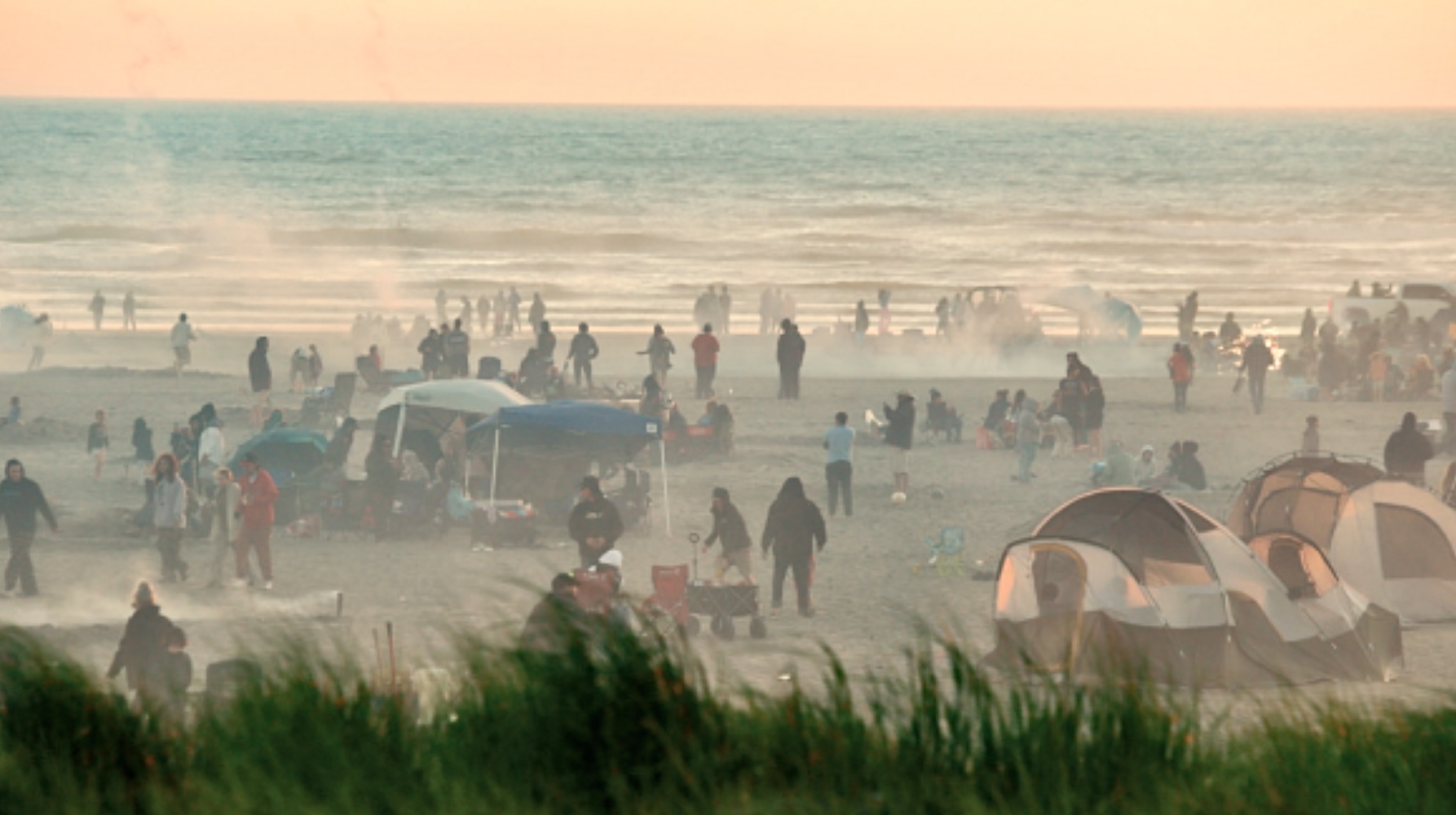Wash Tub Prints allows quilters to reproduce look of ‘grandma’s’ quilts of yesteryear
Published 5:00 pm Tuesday, June 13, 2006
LONG BEACH – Long Beach quilt shop owner Karen Snyder has designed a line of quilting fabric reminiscent of the 1930s called Wash Tub Prints. The fabrics, 24 in all, were introduced at International Quilt Market in Minneapolis, Minn., on May 18 and are due to arrive in quilt shops around the country in the next few weeks.
Wash Tub Prints, Snyder’s first foray into designing fabric, will help quilters achieve an authentic-looking reproduction quilt. About 14 years ago, fabric companies started answering quilters’ pleas for fabrics with the look of those produced in the 1930s, and a strong niche market resulted.
However, according to Snyder, “Most fabrics being reproduced focus on pastel hues. While those pale colors were predominant in many 1930s quilts, they weren’t the only ones used. In my collection of vintage quilts I see lots of red, clear blues, purple, screaming yellow and frequently bright orange. These colors have been missing from the modern reproduction palette.”
Frustrated by the lack of prints in these colors, Snyder worked up a portfolio of designs and colors she wanted to see produced. When a fabric representative made a sales call at her shop accompanied by the vice president of a New York City manufacturer, she made a sales pitch to them as well. The vice president returned to New York with Snyder’s portfolio, and a week later he called to offer her a contract.
An innovative fabric line which will open up new opportunities to quilters intent on recreating the quilts their grandmothers and great-grandmothers produced in the 1930s, Wash Tub Prints features small- and medium-scale flowers, stylized dots and geometric patterns. Also unique to the line is a panel featuring a cute little miss doing her daily chores.
“It isn’t uncommon to find sets of tea towels from previous decades on which women embroidered reminders of domestic chores, such as washing on Monday, ironing on Tuesday, and so on,” commented Snyder. “I thought it would be fun and provide a unique twist to adapt these designs for quilting.”
The panel, with printed three-, four- and 12-inch blocks, is meant to be cut apart and then used in creating quilt blocks.
The fabrics, manufactured by Andover Fabrics, will not be sold in chain stores, but will be available in independent quilt shops throughout the country and around the world. Distributors in Australia and Great Britain have already placed orders.
Quilts from the 1930s are still popular today among collectors as well as the general population. Many people consider them “grandma’s quilts” as they are the quilts that are remembered gracing the beds in many grandparents’ homes. Today’s quilt makers enjoy recreating the look of these vintage quilts. However, until now, it has been difficult to achieve the look of a Depression Era quilt with contemporary fabric designs and colors.
The popularity of quilting has waxed and waned in the last century and a half. One of the greatest periods for quilt making coincided with the Great Depression as women followed the “use it up, wear it out, make it do, or do without” adage of the era. Using new synthetic dyes, fabric manufactures had moved from using brown, navy, maroon and black to offering a refreshing palette of clear pastels and primary colors. Quilting patterns were published in newspapers and shelter magazines of the day and mail-order supply houses sprang up around the country. When women entered the workforce during and after the Second World War the popularity of quilting began to fade. The recent resurgence in quilt making began with the U.S. Bicentennial in 1976 and has been growing ever since.
Karen Snyder is the president of Anna Lena’s, Inc., a retail quilt shop in Long Beach. For additional information on Wash Tub Prints, call 642-8585 or e-mail at Karen@annalena.com or by accessing www.andoverfabrics.com.









